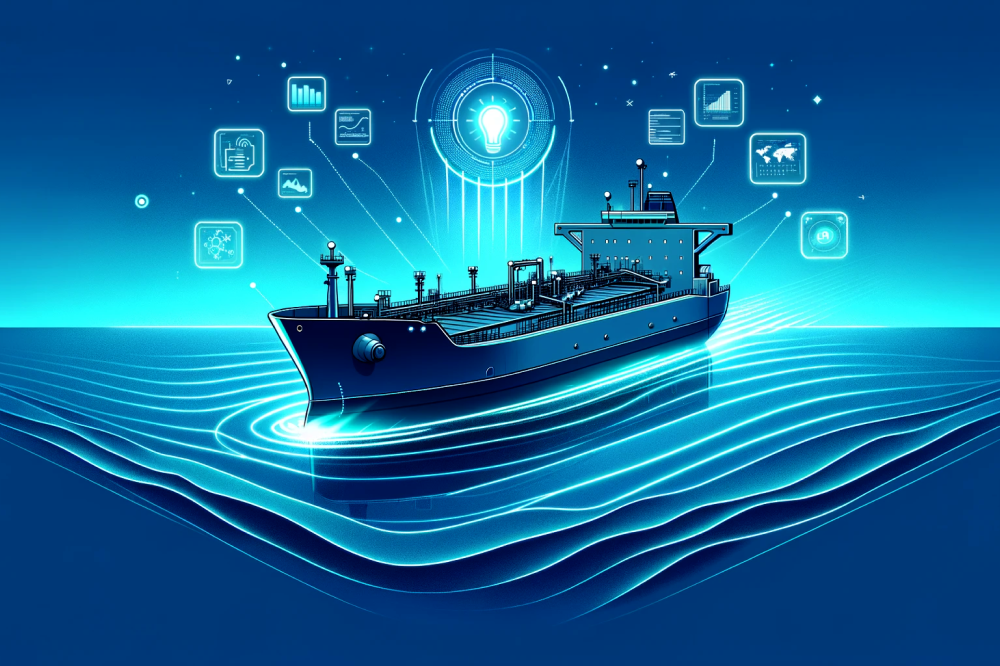
Different sizes of dry bulk vessels
A trained eye can easily determine vessel types on the sea. For the rest of us, information such as commodity, deadweight etc helps differentiate the various types of vessels. However, since there are no standard written definitions for segments and sub segments, every company has to define their own definition of segments and sub segments.
We have used the classifications societies definitions, and have asked our R&D partners trading different type of vessels to forward their definitions and we have used companies web pages and some data providers definitions. Below you will find some criteria used when people organise segments and sub-segments.
Dry bulk

A dry bulk carrier is a vessel designed to carry dry cargoes in bulk. Cargoes such as grains, minerals, iron ore, coal, bauxite, alumina, phosrock etc, but also general cargo such as bagged cargoes, forest products and steel products.
As the name indicates the cargo will normally be stowed in the vessel’s bulk, which is divided into various holds with hatches to keep the cargo protected. In contrast to the general cargo vessels that can load several different cargoes, bulk carrier cargo is usually homogenous.
Holds in dry bulk carriers are normally free of obstacles. This allows rapid and easy trimming and stowage of the cargo. They also have fairly large hatch openings which assists in obtaining faster loading and discharging operations.
Smaller size vessels are a better fit to enter small ports or trade on inland waterways, canals and rivers. They are often equipped with cranes, making them less dependent on ports loading/unloading facilities. Small vessels often also handle redistribution of cargo shipped to regional areas by larger vessels, and completing discharge directly with other land-based transports.
Larger vessels are used in transportation between large industrial regions - like Asia, Europe and USA - and often trades between ports that are far apart. Although distances may be long, the use of large carriers will, for many trades, be the most effective and remunerative means of transportation. Unlike smaller size vessels, many large vessels require shore facilities for loading and discharging operations.
Usually, large vessels are affected by changes in international trade structures, while small vessels are affected by changes in regional trade patterns.
The dry bulk segment can be further divided into many different sub segments, some of them are:
Mini-bulk carriers: small vessels with a capacity of under 10.000 dwt. They are mostly used for short sea trades and river transport. The size allows these vessels to pass under bridges and navigate in shallow waters.
Handysize and Handymaxes - these vessels are usually equipped with 5 cargo holds and many of them have cranes and sometimes grabs. This will allow them to enter berths with less sophisticated loading or discharging facilities and they are often referred to as selfloading/selfdischarging vessels.
Some vessels might be equipped with lashing materials and permanent or collapsible stanchions that make the bulkers able to load logs, or they might have a design suitable to transit the St.Lawrence Seaways (the Lakers).
Supramax and Ultramax bulkers have a deadweight normally ranging from about 40,000 to about 67,000 tons. Many of them are built with economical engines or other fuel saving features.
Panamax, Kamsarmax and Post-panamax - they are usually equipped with 7 cargo holds ranging from high 60,000 to 110,000 tons deadweight. The panamaxes are the smallest of these 3, built to suit the limitations in the Panama canal’s lock chambers - a beam of max 32.31 m, loa of max 294,13 m and draft up to 12.04 tropical fresh. The kamsarmaxes were built to suit restrictions set in Port Kamsar in Guinea, a port with a significant export of bauxite, allowing a maximum LOA of 229 meters. The Post-panamaxes will often be more beamy and are used to carry high cubic cargoes from draught restricted ports.
Capesize (Baby Cape, Cape, Newcastlemax, Ultra Cape) - are vessels too big to go through the Panama canal, thus they will go around Cape Horn to travel between Atlantic and Pacific Oceans. They are mostly used in iron ore and coal traffic. Like for the Kamsarmaxes in the previous paragraph, the Newcastlemax will be the largest vessel able to enter the port of Newcastle in Australia. They have beams of max 50 meters and a max LOA of 300 meter and do normally have 9 holds/hatches.















